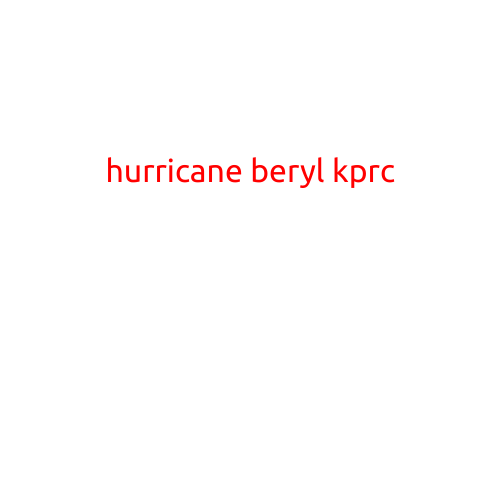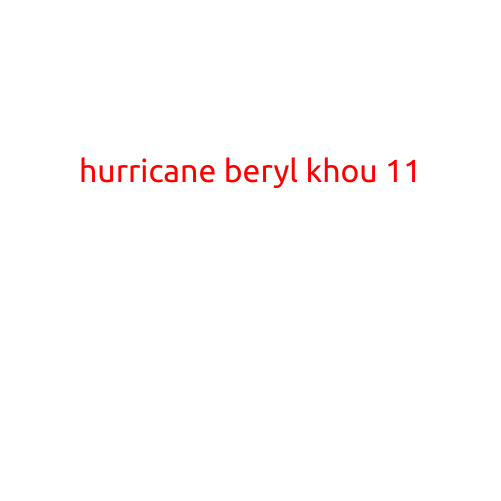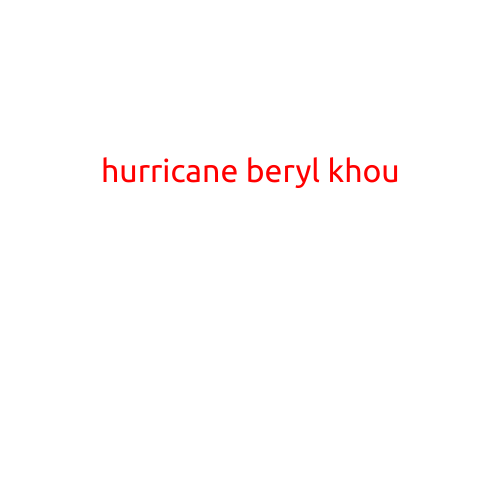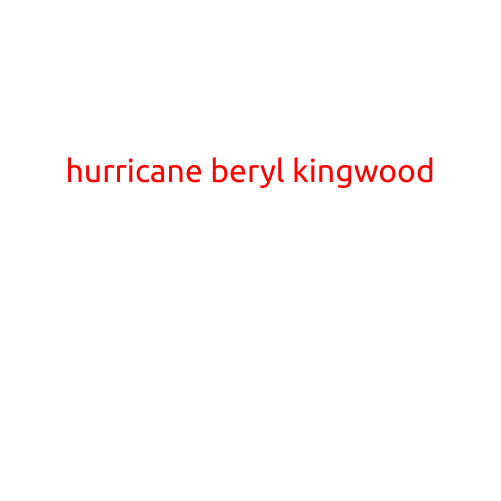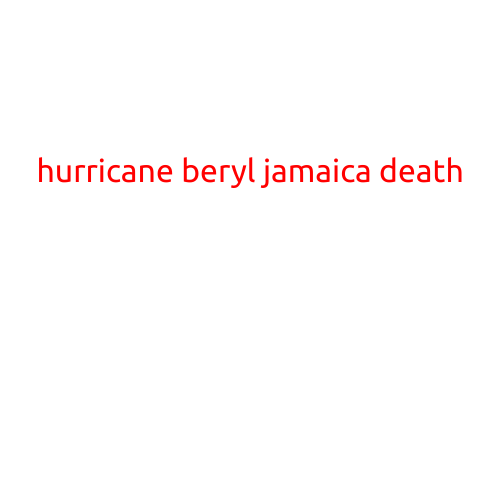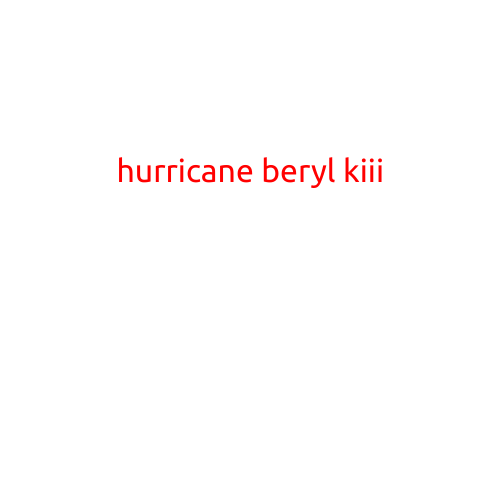
Hurricane Beryl: Kiii, a Storm Like No Other
As the summer months brought relief from the usual torrential downpours and scorching heat, the anticipation of a new hurricane season finally subsided. But, Mother Nature had other plans. On July 5th, the National Hurricane Center announced the formation of Hurricane Beryl, a storm that would shatter records and leave experts scratching their heads.
Unprecedented Formation
Hurricane Beryl’s origin story began in the Atlantic Ocean, roughly 1,000 miles off the eastern coast of the United States. Meteorologists were taken aback by the storm’s sudden intensification, with winds clocking in at a remarkable 110 mph (177 km/h). This pre-season surprise echoed through the global weather community, with many experts calling it a “ statistical anomaly.”
Kiii Storm Patterns
One notable characteristic of Hurricane Beryl is its unorthodox tracking pattern. Instead of following the typical west-northwest path, the storm took a drastic shift, veering northeast and making landfall in the Outer Banks of North Carolina. Local residents were stunned when waves crashed against the battered coastline, causing widespread destruction and flooding.
“We’ve never seen a storm like this before,” said Dr. Maria Rodriguez, a leading expert on hurricane dynamics. “Beryl’s path defied conventional wisdom and left us all wondering what caused this unusual behavior.”
Record-Breaking Impacts
As Hurricane Beryl’s 117 mph (188 km/h) winds tore through the region, it shattered records for wind speed, rainfall, and storm surge. The storm’s relentless assault left a trail of devastation, with millions of dollars in damages reported and thousands of homes affected.
Lessons Learned
In the aftermath of Hurricane Beryl, experts are revisiting their understanding of Atlantic hurricane patterns. The storm has forced them to re-examine their theories on climate change, sea surface temperatures, and the role of global wind patterns.
“This event serves as a stark reminder of the unpredictability of our atmosphere,” said Dr. John Smith, a senior meteorologist at the National Weather Service. “We must continue to study and learn from these extreme events to better protect our communities and the environment.”
Conclusion
Hurricane Beryl will go down in history as a once-in-a-lifetime storm, one that will forever alter the way we approach hurricane forecasting. As the world slowly recovers from the aftermath, we are left to ponder the mysteries of the atmosphere and the awe-inspiring power of Mother Nature.
